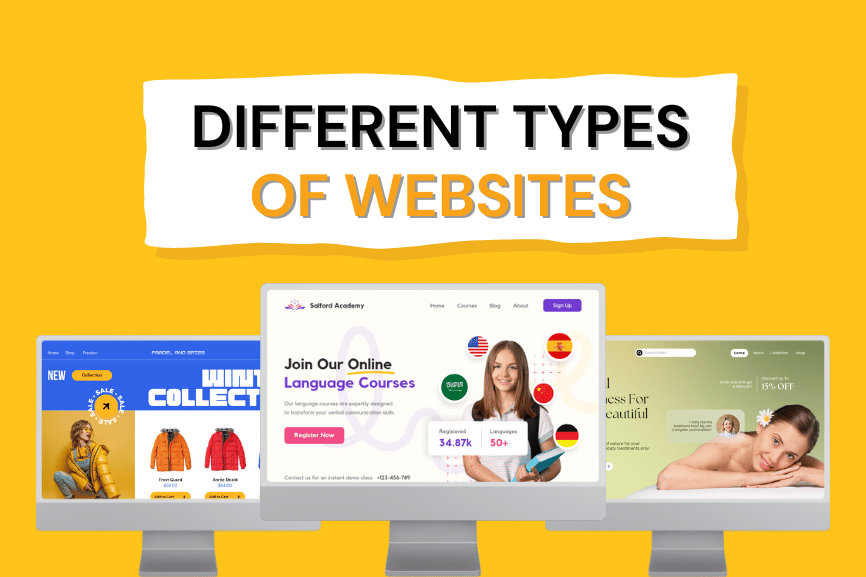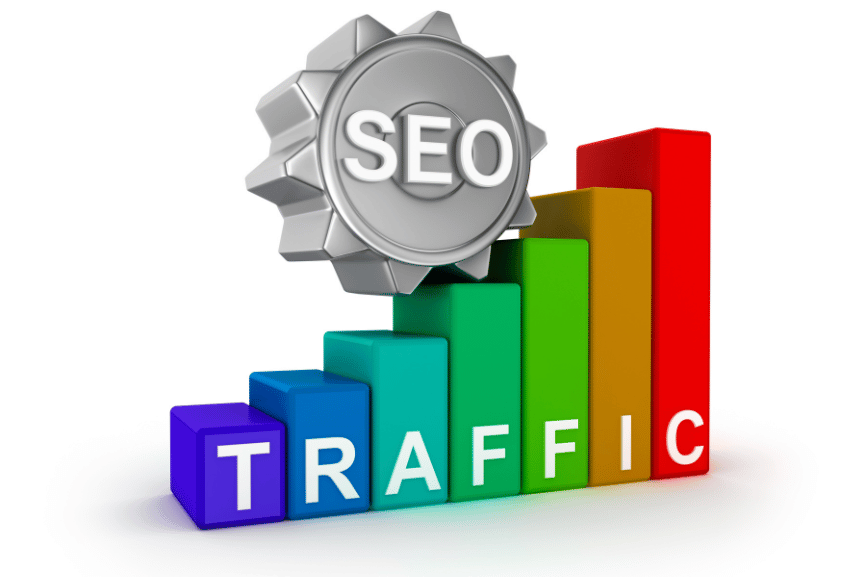AI: The Secret Weapon of Modern Website Development
Imagine a website that reads your mind (well, almost). AI Website Development is transforming how websites are built, creating a unique and engaging experience for every visitor. This isn’t some futuristic fantasy – AI is personalizing the user experience (UX) like never before. Goodbye Generic, Hello Personalized: Forget one-size-fits-all websites. AI analyzes user data, browsing habits, and past interactions to craft a website that feels custom-made. Think targeted recommendations on shopping sites or news feeds curated just for you. This deeper connection with users leads to them sticking around longer and converting into loyal customers. AI: A Developer’s Dream AI isn’t just for users; it’s a game-changer for developers too. Repetitive tasks like code generation and website testing can be automated by AI, freeing developers to focus on the big picture – innovative features and functionalities. AI can even analyze existing code, suggesting ways to streamline and improve it, resulting in cleaner, more efficient websites. Search & Recommendations Get Smarter No more frustration with irrelevant search results! AI-powered search features understand natural language, giving users exactly what they need, instantly. Similarly, AI recommendation engines suggest products, articles, or content users might genuinely be interested in, keeping them engaged and exploring further. AI for Everyone: Making Websites Accessible AI is making websites accessible to everyone. By analyzing website structure and content, AI can identify and remove barriers for users with disabilities. This ensures everyone has an equally enriching experience on your website. The Future of Websites is AI-Powered The impact of AI Website Development is undeniable. It’s about creating dynamic, user-centric websites that adapt to individual needs and deliver a superior UX. This translates to a significant advantage for businesses: increased user engagement, higher conversion rates, improved customer satisfaction, and a competitive edge in the digital world. As AI continues to evolve, even more innovative applications will emerge, redefining how we interact with websites in the future.
AI: The Secret Weapon of Modern Website Development Read More »







